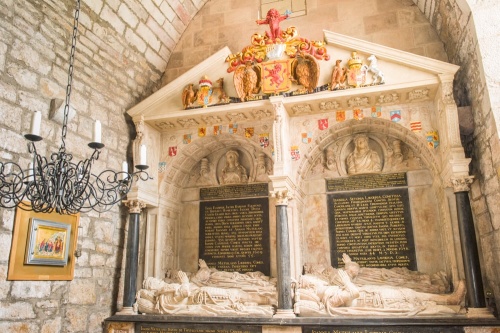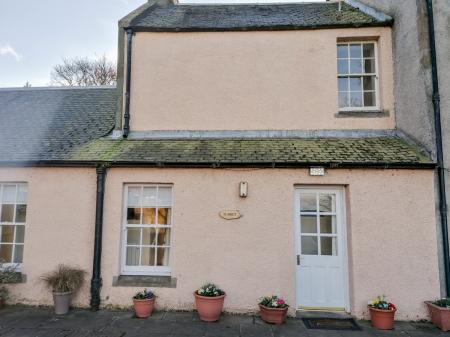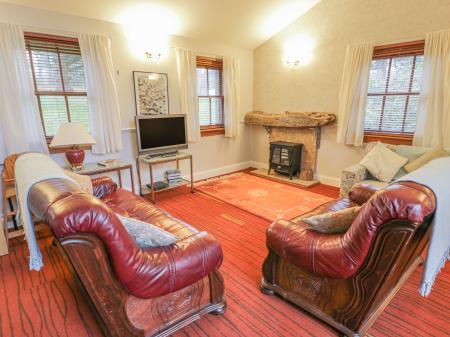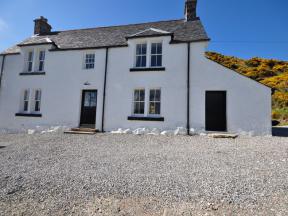
There was a church on the site since at least 1139, when it was granted by David I to St Andrews. That Norman building stood where the choir of the present church now stands.
Edward III destroyed the Norman church in 1356, and it was refounded as a collegiate church around 1540. The 'new' church was a large building on a cruciform plan, made of red and grey sandstone. The church stretched 206 feet, and the total width, including transepts, was 113 feet. In other words, it was a very large and imposing building.
At the Reformation, the choir and transepts were remodelled for Protestant worship, and the choir and transepts were left to decay. These were subsequently restored. The old sacristy is largely 17th century, though parts of it may date to before the Reformation. Since the 17th century, it has been used as a burial aisle.

The Lauderdale Monument
Within the Lauderdale Aisle is a superb Renaissance monument of beautifully carved marble, in memory of John Maitland, Lord Thirlstane. Maitland (d. 1595) served as Chancellor of Scotland under James V. The memorial is ornamented with alabaster effigies to Maitland, his wife, Jane Fleming, and their son John, the 1st Earl of Lauderdale. Beneath the monument is the Lauderdale family vault.
Visiting the Lauderdale Aisle
The aisle is open during the regular church opening hours (when I visited this was most afternoons from May-September). St Mary's is a stunning church, obviously much loved and cared for. Volunteer guides were available when I visited, and they were very helpful and eager to offer information about the church.
A sign at the entrance to the aisle indicates that it is reserved for prayer, so please be quiet and considerate when entering!
In truth, the Aisle was much smaller than I had expected. One end is taken up by a small altar, while the entire side facing you is occupied by the enormous Maitland memorial. This is truly a magnificent creation, which seems almost more gilt than stone! For more see the St Mary's Haddington church website.







 We've 'tagged' this attraction information to help you find related historic attractions and learn more about major time periods mentioned.
We've 'tagged' this attraction information to help you find related historic attractions and learn more about major time periods mentioned.




